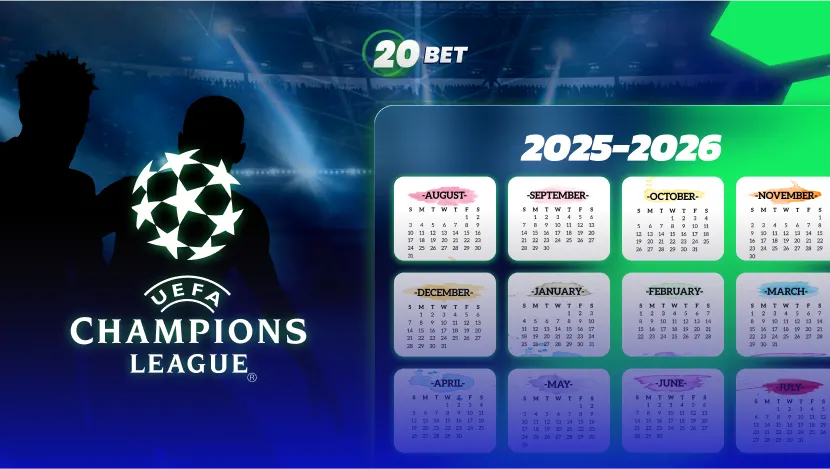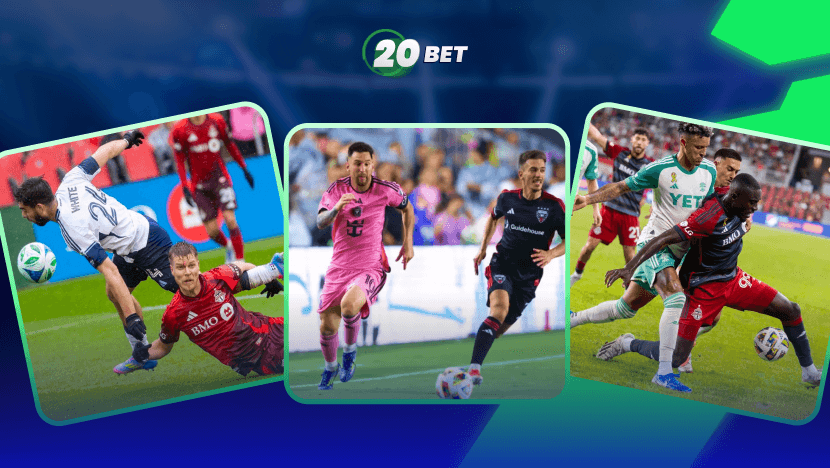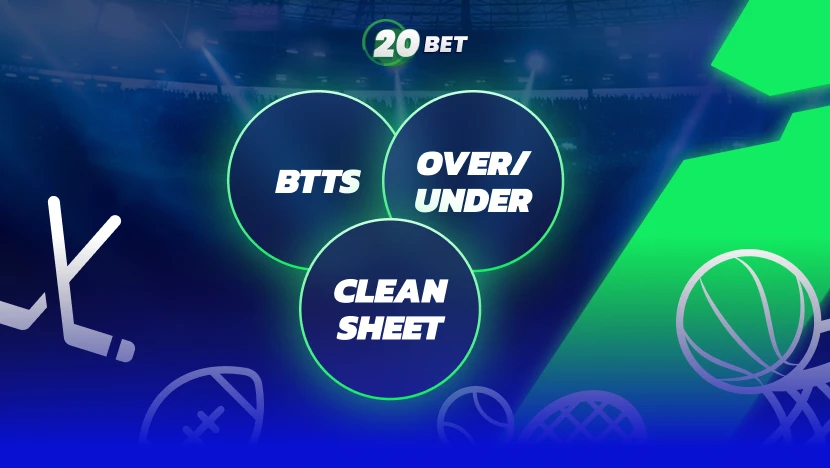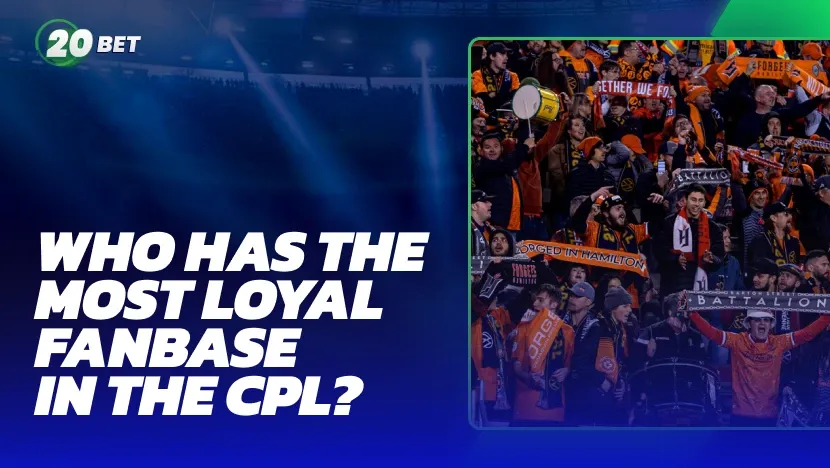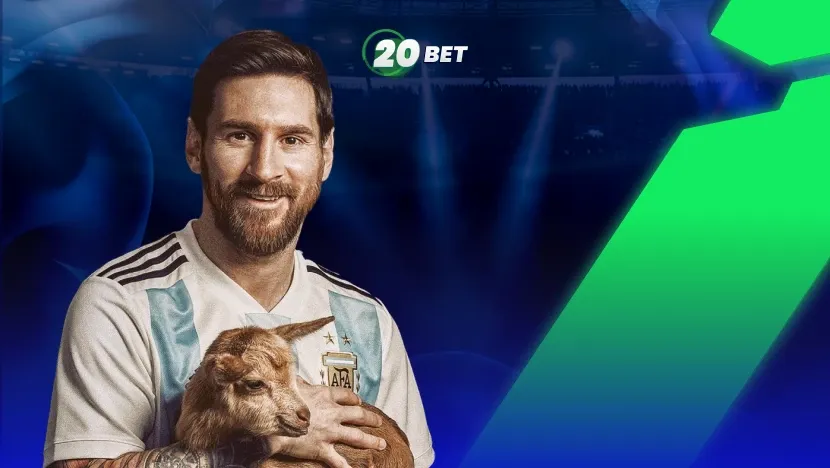This guide keeps things simple: what to check before you bet, how the new league phase changes prices, and where small markets move more slowly. We’ll point to real match patterns and the exact moments you can act — so you spend less time scrolling odds and more time making clean decisions.
Overview of the UEFA Champions League 2025–26
Key Format Changes and League Phase Updates
Clubs play eight league-phase matches, after which the table determines the knockout path: teams ranked 1–8 advance, while those ranked 9–24 go to the playoff round, with draws locking potential Champions League bracket positions.
Plan for two key draw windows: The league-phase draw in late August and the playoff draw around late January, which sets two possible opponents for each side ranked 9–24. Price the drift around those dates.
Major Storylines Ahead of the Season
Real Madrid, with Kylian Mbappé and Jude Bellingham, will be short-priced after a 2–1 opening win over Marseille. Manchester City still look like a machine, with Erling Haaland scoring freely. Liverpool’s 3–2 victory over Atlético came with Diego Simeone being sent off, adding card-market noise and potential touchline ban effects. These events shape outcomes and live prices more than generic reputations.
Clubs Returning to the Competition
Returnees can spring an upset before fading if stamina and rotation lag. Qarabağ’s 3–2 win over Benfica on Matchday 1 is the type of result that jars models and nudges totals and handicaps for a few weeks. Treat it as variance, then check whether performance sustains over the next two to four matches before adjusting your model.
Top Favorites and Title Contenders
Favorites give lower prices but cleaner paths. Add only when the market drifts after injuries or a bad headline game, not on hype.
Powerhouses with the Strongest Squads
Depth matters over eight league-phase games — fade fatigue discounts on teams that rotate effectively.
| Category | Bayern Munich | Real Madrid |
| Center-Backs | Upamecano, Kim, Tah, Ito | Rüdiger, Militão, Alaba |
| Full-Backs | Davies, Guerreiro, Stanišić, Boey/Laimer | Carvajal (direct overlaps) + progressive LB/RB option |
| Midfielders | Kimmich, Goretzka, Pavlović | Bellingham, Valverde, Camavinga, Tchouaméni, Güler |
| Forwards | Kane with Musiala, Olise, and Gnabry | Mbappé, Vinícius, Rodrygo, Endrick, Brahim |
| Why Depth Matters | Like-for-like swaps keep pressing intensity and chance quality stable from midweek to weekend. | Rotation sustains box entries and shot volume even with injuries or bans. |
Pricing tip: After midweek minutes, shave your fatigue penalty for Bayern/Madrid vs. average squads — their second unit keeps xG (expected goals) and PPDA (passes per defensive action) close to baseline.
Tactical Advantages and Key Managers
Managers who switch formations and manage rotation without losing fluency tend to win close ties.
- Man City — Pep Guardiola: Still at the helm; late-game control via rest-defense and possession traps keeps unders and “City to score late” live.
- Real Madrid — Xabi Alonso: Prefers fluid midfield rotations and quick vertical punches to Mbappé or Vinícius; rotation depth means fewer post-midweek drop-offs than most.
- Liverpool — Arne Slot: Front-foot pressing and compact 4-2-3-1 or 4-3-3 setups; good for shot volume but can open transition the other way in higher-tempo ties.
- Atlético Madrid — Diego Simeone: Compact mid or low block with a set-piece edge; rivalry fixtures still spike fouls and cards even when chance volume is modest.
Pricing angle: Lean toward late-goal and control props with City, sustained box-entry props with Real Madrid, higher-variance totals with Liverpool in big away ties, and cards and corners with Atlético in derby-style matchups.
Dark Horses and Underdogs to Watch
You’re looking for well-coached teams with clean patterns and room to grow. Spot the ones with a positive xG difference despite modest results, strong set-piece output, and steady goalkeeper form — those traits signal repeatable edges the market often prices in a week late.
Teams Capable of Surprising the Favorites
Inter’s 2–0 win over Ajax, Tottenham’s 1–0 victory over Villarreal, and Atlético’s set-piece bite despite their 3–2 loss at Anfield aren’t one-offs — they’re a pattern. These sides win by squeezing space, killing tempo after the first goal, and weaponizing well-rehearsed restarts. When lineups confirm both aerial targets and a quality set-piece taker, you can justify double-chance with the under and a sprinkle on set-piece scorer or assist props.
Rising Stars and Young Talents Impacting Matches
Keep a close eye on the young difference-makers — markets often lag a step behind their actual impact.
- Lamine Yamal (Barcelona): A left-footed winger who creates clean looks with early crosses and inside cuts. In bigger fixtures, his usage nudges up, which can lift shots on target and assist prices
- Warren Zaïre-Emery (PSG): PSG’s first-choice box-to-box link. His steady minutes translate into reliable passes. When PSG dominate territory, his pass bands tick up, while in more transitional games, his defensive actions spike.
- Endrick (Real Madrid): An impact sub who attacks the back post and runs beyond the last line. Even in shorter cameos, he can move anytime-scorer and shots on target props.
Together, they tilt matches in subtle ways — drawing extra defenders, speeding transitions, and turning broken plays into clear chances before the headline goals arrive.
Group Stage & League Phase Betting Opportunities
The expanded phase offers more edges, but you need discipline with bankroll and exposure. Build a quick pre-match checklist — 48–72 hour rest gap, travel distance, likely rotation, weather, and referee profile — so you can price totals and cards and trim exposure before the market fully reacts.
Best Value Bets in the Early Fixtures
Early lines can miss rotation plans or travel fatigue. For example, Juventus 4–4 Dortmund on Matchday 1 highlighted volatility in totals driven by direct attacks and slow rest defense. Pair xG betting signals with schedule spots and price totals before the market fully adjusts.
Importance of Schedule and Match Timing
Bayern faced Chelsea on a Wednesday night, followed by a trip to Pafos. Liverpool’s schedule included Galatasaray and Frankfurt in quick succession. Midweek loads hit stamina and efficiency, especially for pressing teams. Build your prediction around those turns.
Identifying Overlooked Markets
Corners, cards, shots, and player lines move more slowly. Liverpool–Atlético showed how a fiery rivalry can spike cards and late fouls, while Ajax–Inter can depress total shots if Inter sit deep and counter. Keep stakes modest, as micro-markets carry more variance.
Knockout Stage Insights
Edges tighten. Your job is to price outcome probability shifts faster than the room. Model leg-to-leg swings: update your numbers for injuries, suspensions, first-leg xG and shot quality, and likely rotation — then pre-price three scenarios (favorite scores first, dog scores first, early red) so you can act the moment the match state flips.
Golden Boot and Top Assist Bets
Focus on high-usage forwards playing in heavy-chance systems. Haaland’s volume remains consistent in Europe, while PSG’s creators showed their firepower with a 4–0 win on Matchday 1. Minutes are key — avoid players sharing time due to rotation.
For assist markets, monitor territory-dominant sides with steady set-piece volume. Teams like Bayern and Real Madrid routinely pin opponents back, rack up corners and wide free kicks, and field elite deliverers alongside aerial targets, such as tall center-backs and a classic No. 9 who attacks crosses. That combination produces consistent assist chances from dead balls and second phases.
Player of the Tournament Predictions
For the Champions League’s Player of the Tournament, balance star power with a club’s expected depth in the competition. Voters typically gravitate toward stars on teams that reach the last four, with heavy minutes and match-tilting moments (goals, assists, control in big ties). Keep Real Madrid’s Mbappé and Bellingham in the frame, but widen the net:
- Manchester City — Haaland / Foden: City rack up deep runs and territory; a Haaland scoring surge or a Foden chance-creation spree can define two knockout rounds.
- Bayern Munich — Kane / Musiala: Kane’s penalties and big-game finishing travel well, while Musiala adds highlight-reel carries that sway voters when Bayern control midfields.
- Barcelona — Lamine Yamal / Pedri: If Barça punch into the semis, Yamal’s end-product spike or Pedri’s control in high-tempo games could become a narrative anchor.
Bottom line: Shortlist players who (1) regularly play 85–90 minutes, (2) handle set pieces or primary shot creation, and (3) are likely to reach at least the semifinals.
Props and Performance-Based Betting Options
Shots, tackles, passes — tie them to formation and role. For example, when an Arsenal full-back inverts, their passing numbers often spike; when PSG wingers hug the touchline, crosses rise.
Keep stakes modest — micro-props can swing sharply due to small tactical tweaks from game to game. Use recent analysis from their latest matches to guide entries.
Data, Stats & Trends for Smarter Betting
Data frames your prediction, while context keeps it honest. Build a small “sanity check” loop: compare your rolling xG/xGA to the last 10 matches, filter outlier games (such as those with red cards or early injuries), and re-rate opponents’ tactical changes. This keeps your benchmark grounded before you stake.
Advanced Metrics and xG Models
Use rolling non-penalty xG for and against (over the last 5–10 matches) to flag real performance shifts, filtering out red-card games and obvious garbage time. For example, if a match ends 4–4 but produces only ~2.0 combined np-xG, the scoreline clearly exaggerates the chance quality — don’t auto-upgrade totals based on that kind of outlier.
Home Advantage in European Nights
Big European atmospheres widen the press window and tilt the field. At venues like the Allianz and Anfield, tempo tends to rise, second balls stay in the home side’s orbit, and late pressure stacks corners and fouls. Layer in travel and short turnarounds for the visitor, and you often get tired legs after the 70th minute — a cue to lean toward home late-goal, corners, and cards angles rather than blanket overs.
Managerial Head-to-Head Records
Some rivalries help frame tempo, control, and cards before you even see the lineups:
- Guardiola vs Arteta. City’s boss still leads the series, but it’s tightened: 8W-3D-4L across competitions (15 meetings). Recent league games skew cagier, lowering shot counts and nudging late-goal angles.
- Guardiola vs Mourinho. One of the modern classics: across 25 meetings, Guardiola leads 12-6-7. Expect calculated tempo control, fewer big transitions, and higher value on set-piece moments over end-to-end chaos.
- Ancelotti vs Simeone. Ultra-balanced across a long sample: 11W-8D-9L for Ancelotti over 28 meetings. Derby intensity sustains cards and corners even when chance volume stays modest.
Use head-to-heads as context, then weight current squad health, travel, and fixture congestion before you price totals, cards, or late-goal props.
Responsible Gambling
Champions League nights can be intense — keep your betting routine simple, capped, and repeatable so the extra fixture volume doesn’t pull you off-plan.
- Set a clear budget for the competition (e.g., a monthly limit) and stick to it.
- Use steady unit sizes (1–2% of bankroll) across group and knockout stages.
- Predefine a session time box (e.g., one match window) and stop when it ends.
- Don’t chase after losses or “double” because of an upset or late VAR swing.
- Use 20Bet tools: deposit limits, time-outs, and self-exclusion if needed.
- Pause if emotions spike after a bad beat; review your rules before the next wager.
- Bet only where legal and age-appropriate; follow local regulations.
FAQ
Which teams are favorites for the 2025-26 Champions League title?

